In today’s rapidly evolving technological landscape, artificial intelligence (AI) has emerged as a powerful tool revolutionizing industries across the board—and interior design is no exception. From generating design inspiration to streamlining workflows, AI has the potential to significantly augment the creative process and empower designers to achieve new heights of innovation. However, while AI offers unparalleled capabilities for inspiration and efficiency, it’s crucial to recognize that it complements rather than replaces the invaluable expertise and creativity of human designers.

Infinite Inspiration: One of the most remarkable contributions of AI to interior design is its ability to generate virtually limitless inspiration. The above image was one of my first ever AI generated designs, although at first glance it looks like a nice kitchen, after further investigation you can see there are a few issues:
a) Why is there a handle on the waterfall edge on the right of the island?
b) Underneath that handle, is that an electrical outlet?
c) It looks like the island has a prep sink because of that gold faucet, but where is the sink? And the soap dispenser is going the wrong direction
d) Is that a functional cabinet to the left of the window sink? Is there open shelving or does it have a door?

These AI generated images are nothing more than inspiration images. They are not meant to be used for building purposes but rather a starting point to finalize a design that a real life Interior Designer can create the drawings and specifications for. AI-powered platforms analyze vast databases of design trends, styles, and aesthetics, offering designers or homeowners a wealth of ideas and references. Whether you’re seeking inspiration for color palettes, furniture arrangements, or architectural details, AI can jumpstart a homeowner to realize a design style they are looking for or even what they don’t like.

AI-driven visualization technologies offer unparalleled realism and accuracy, allowing designers to create lifelike renderings and simulations that bring their concepts to life with astonishing fidelity. Advanced rendering algorithms simulate lighting conditions, material textures, and spatial proportions with remarkable precision, enabling clients to visualize the final outcome of their project before construction even begins. These immersive visualizations foster deeper client engagement, instilling confidence in design decisions and facilitating collaborative dialogue between designers and clients.
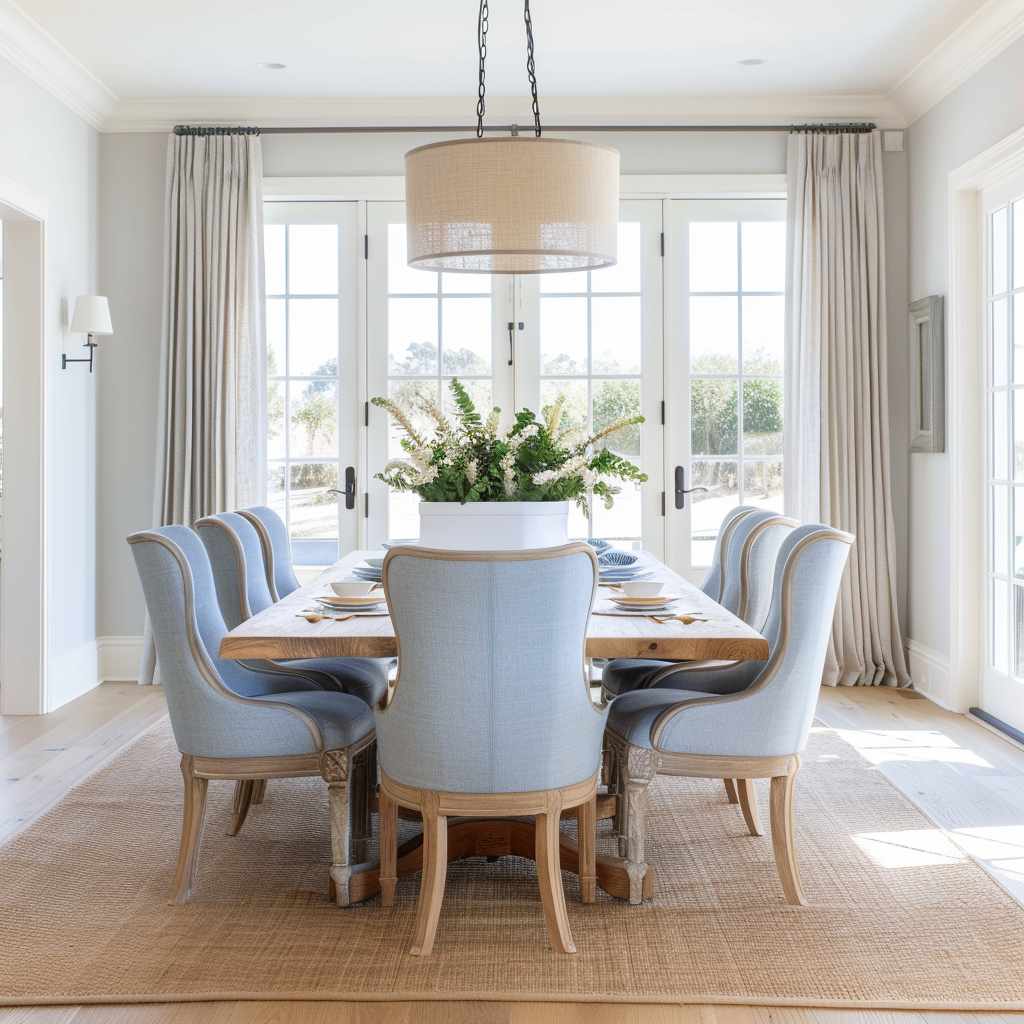
Lack of Personal Touch: Despite its remarkable capabilities, AI remains a tool—a means to an end rather than an end in itself. At its core, interior design is a deeply human endeavor that revolves around empathy, creativity, and intuition. While AI can enhance efficiency and provide inspiration, it’s the human touch that infuses spaces with emotion, personality, and meaning. Designers bring a wealth of experiential knowledge, artistic sensibility, and contextual understanding to the table, shaping environments that resonate with the human spirit and enrich the lives of those who inhabit them. A designer has to take the inspiration and make it a reality. They have to find the materials, determine how much is needed for the space, make sure it fits in the budget, place the order, make sure if arrives in good condition and ensure the installation is satisfactory.

The advancements of AI hold immense promise for the future of interior design, offering unprecedented opportunities for creativity, efficiency, and personalization. However, it’s essential to recognize that AI is a tool, not a replacement for the expertise and ingenuity of human designers. By embracing AI as a collaborative partner and harnessing its capabilities in tandem with human creativity, designers can unlock new realms of possibility and shape environments that inspire, delight, and endure for generations to come.


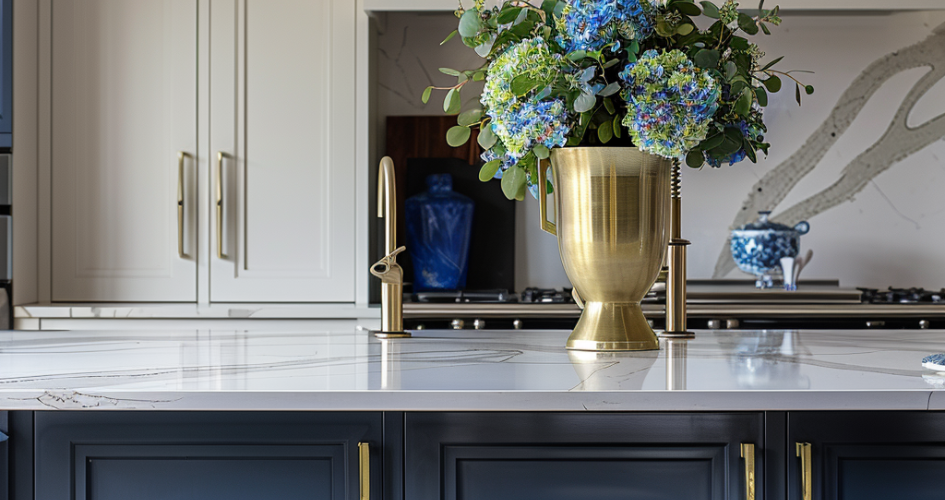
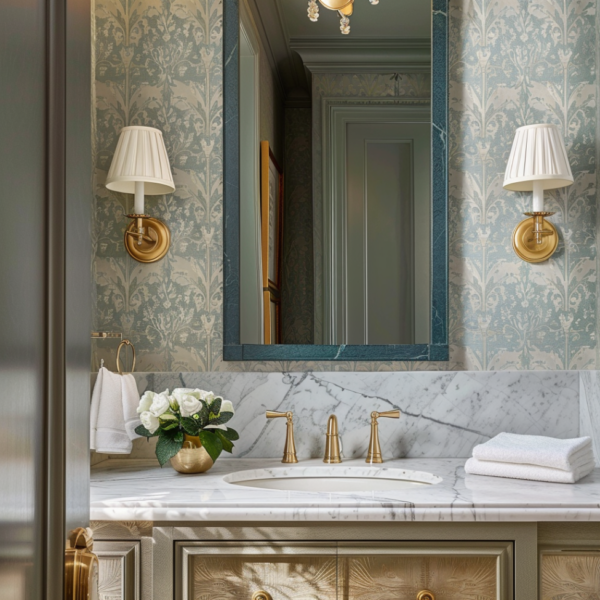
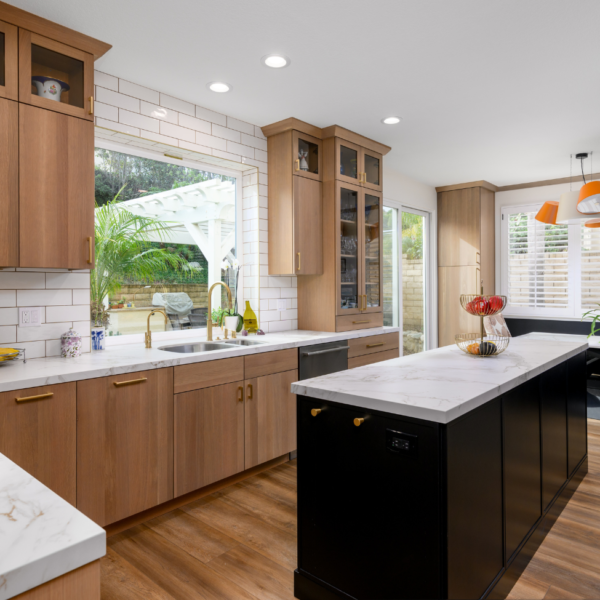
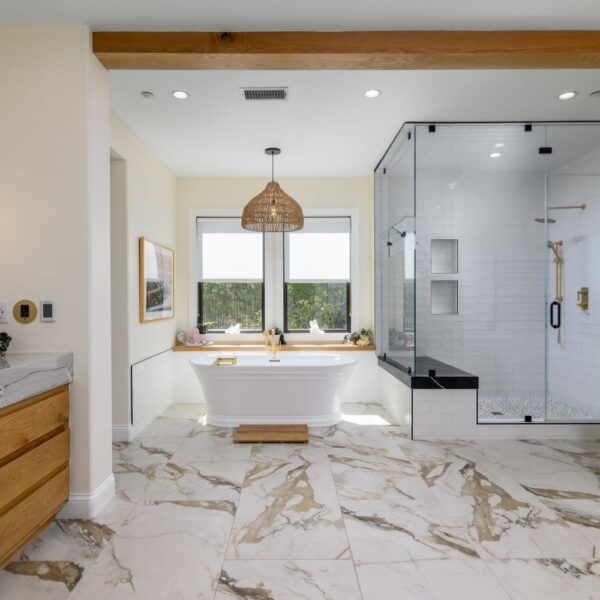

Leave a Reply